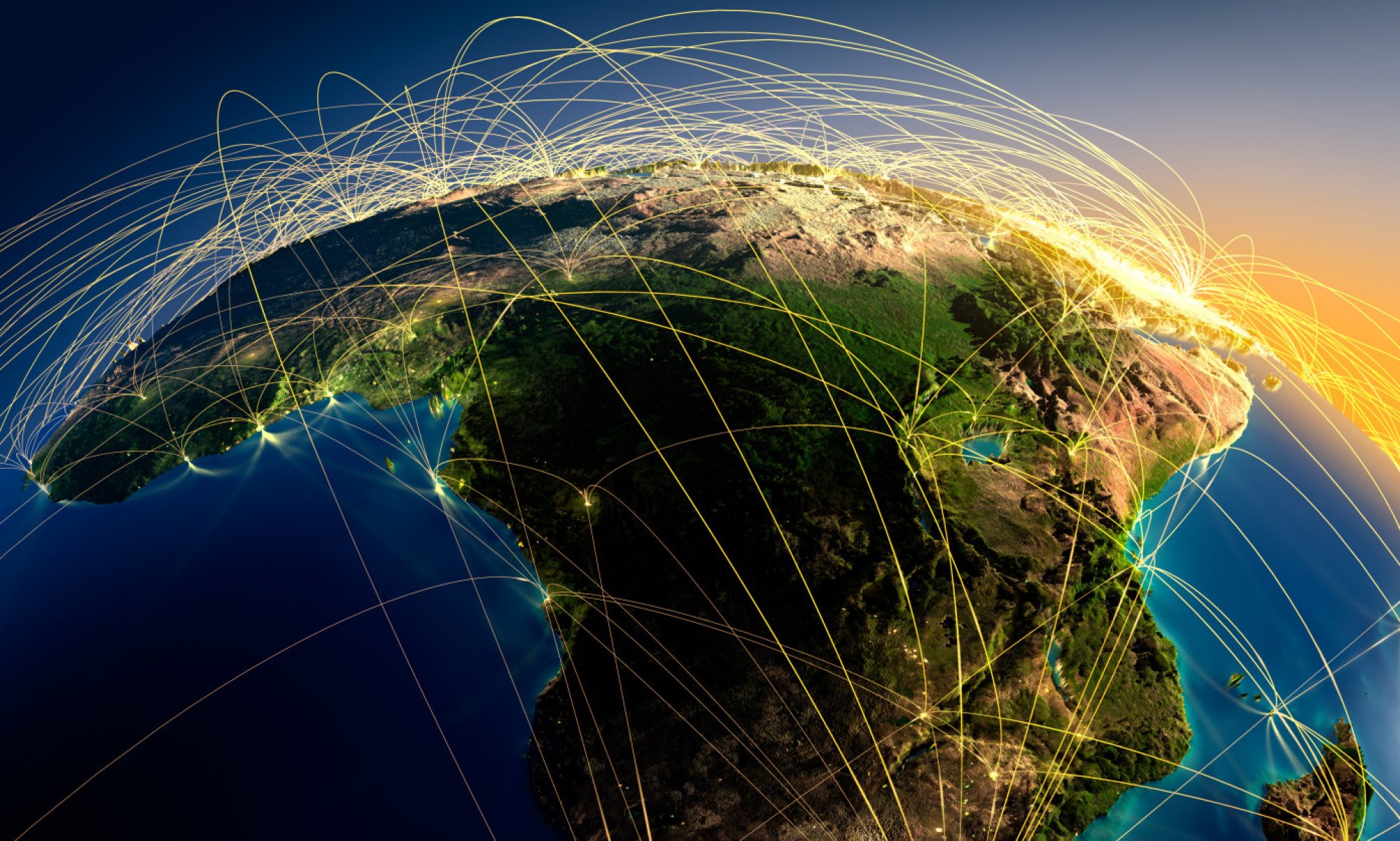Adam Smith, the famous Scottish economist and philosopher in “An Inquiry into the Nature and Causes of the Wealth of Nations” espoused the virtues of the invisible hand of free markets with little governmental interference.
The year 2022-2024 and so far in 2025, have witnessed geopolitical headwinds as demonstrated by international trade re-alignments and prevailing global trends towards protectionism between the US and her trading partners. Yet in line with Adam Smith’s core philosophy, Africa must act with renewed zeal and focus on establishing free markets and frictionless trade as epitomised by the African Continental Free Trade Area (AfCFTA) Agreement.
The AfCFTA remains the world’s largest free trade area since the creation of the World Trade Organization (WTO).
AfCFTA market projection is significant, with the combined GDP expected to reach US$7 trillion by 2035, and $29 trillion by 2050. The World Bank foresees an increase in foreign direct investment (FDI) in this trade area of up to 111% by 2035.
The creation and evolution of AfCFTA commenced from the 10th Extraordinary Session of the African Union on AfCFTA in March 2018 where the following agreements were signed into law:
i. The AfCFTA
ii. The Kigali Declaration (Agreement)
(signed by 54 out of the 55 African countries Eritrea being the only country not to have signed nor ratified)
iii. The Protocol on Free Movement of Persons
(signed by 32 out of the 55 AU Member States only 4 countries – Mali, Niger, Rwanda, and Sao Tome & Principe have ratified.
The AfCFTA brings together 8 pre-existing and separate free trade areas and/or customs unions each with different regulations otherwise known as Regional Economic Communities (RECs).
The 1st of January 2021, marked the start of trading under the AfCFTA.
The African Continental Free Trade Agreement’s primary objective is to reduce trade barriers between the different RECs of the African Economic Community, and eventually to use these RECs as building blocks for the ultimate goal of an Africa-wide customs union.
The year 2021 also saw the roll-out of the pilot phase of the Pan-African Settlement System (PAPSS), a combined initiative of African Export-Import Bank (AFREXIM) and the AfCFTA, which was formerly launched in Ghana on 13 Jan 2022.
PAPSS serves as the continent-wide platform for the processing, clearing and settling of intra-African trades and commerce payments. The system was developed by the AFREXIM and promises to reduce the cost and time of payments, lower the level of banking liquidity required to make payments, and improve central bank oversight of payments.
The PAPSS in the African regional context functions identically to and complementary to the Swift global payment system. Its objectives like Swift are speed, cost savings, reliability and dependencies on hard currency. The PAPSS ensures instant or near-instant transfers of funds between originators in one African country and beneficiaries in another.
Although the 1st of January 2021, marked the start of trading under the AfCFTA Agreement however, no trade has yet taken place under the AfCFTA regime.
On 7 October 2022, the AfCFTA Secretariat launched the AfCFTA Guided Trade Initiative (GTI) in Accra to allow for commercially meaningful trade under the Agreement to commence for eight (8) participating countries: Cameroon, Egypt, Ghana, Kenya, Mauritius, Rwanda, Tanzania and Tunisia. This initiative is being used to pilot the operational, institutional, legal and trade policy environment under the AfCFTA, and has since been extended and as at January 2024, 12 State parties have finalised their legal modalities to enable trade under the GTI to commence.
The GTI is a pilot program that aims to test the legal, trade policy, institutional, and operational environment of the AfCFTA. The program focuses on value chain development and 96 commodities, including tea, coffee, ceramic tiles, processed meat, and sugar.
The 54 members of the AfCFTA are at different stages of implementation and limited trade has occurred under the GTI. The GTI is a pilot program that matches importers and exporters.
As at August 2024, 48 countries (including the 4 richest countries on the continent, Nigeria, South Africa, Egypt, Algeria) out of the 54 signatories have ratified the treaty.
KEY OBJECTIVES
In 2025, the AfCFTA aims to be fully operational.
Its key objectives are:
- A transition from its current foundational phase to full operationalization of a robust trade framework.:
- Clear steps towards dismantling of barriers to cross-border commerce and the improvement of trade facilitation.
- Implementation of protocols aimed at empowering women and youth.
- Strengthening collaboration between AfCFTA member states.
- The building of capacity in the key AfCFTA institutions to implement
- Commitment by the AfCFTA Secretariat to a continental private sector platform for SMEs.
KEY CHALLENGES
A number of key challenges are:
- Infrastructure gaps, financial constraints, and competition, which impede the expansion of businesses under the AfCFTA.
- The implementation of the AfCFTA remains slow yet, there remains the potential to increase intra-African trade by more than half by the end of 2025.
- Political instability through recent coups and political unrest across the Sahel and central Africa have dampened investor confidence and trade potential.
OPPORTUNITIES
The AfCFTA represents a major franchising opportunity in Africa, creating a larger, more connected market that could drive significant business growth.
The AfCFTA through a large unified market will accelerate trade and investments with China and Europe.
For further enquiries kindly contact the F.O. Akinrele & Co. International Trade, Shipping & Transport Group – info@foakinrele.com
